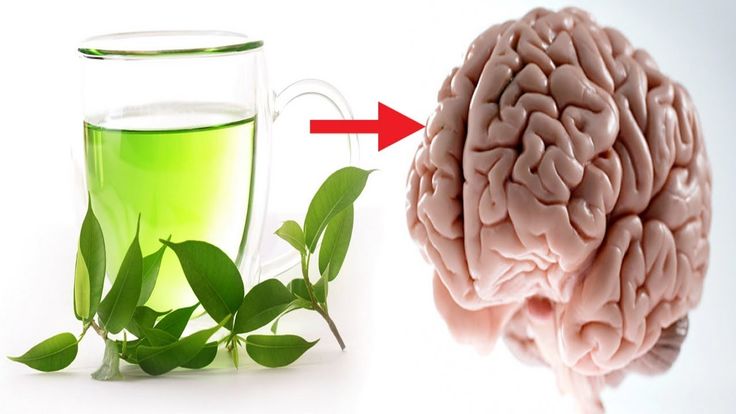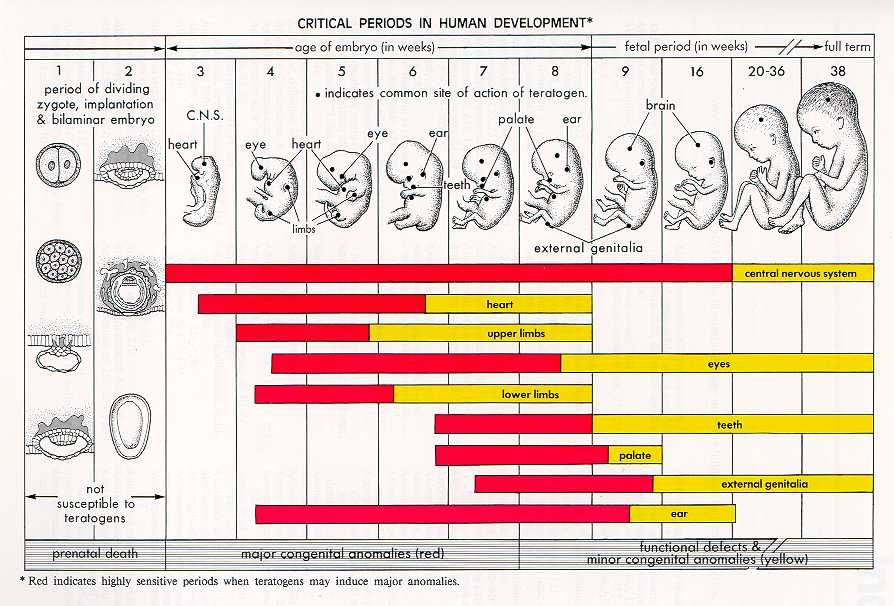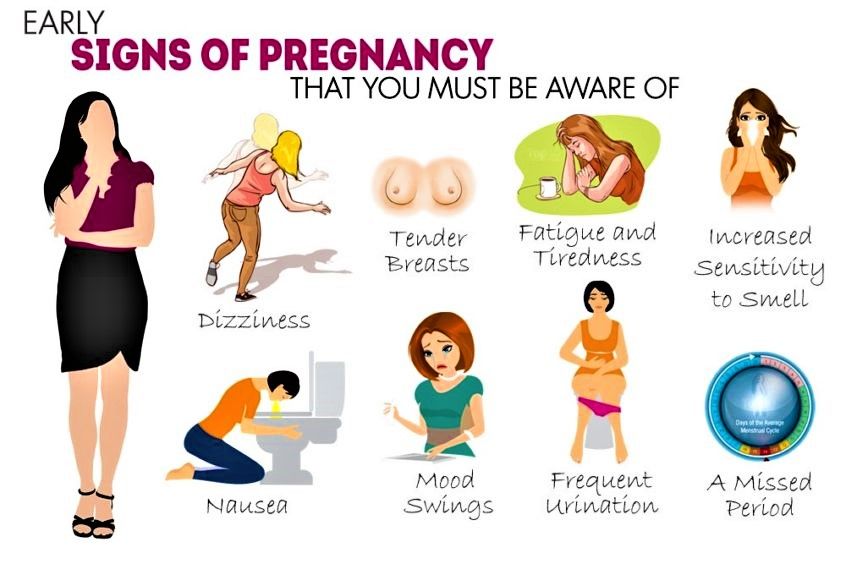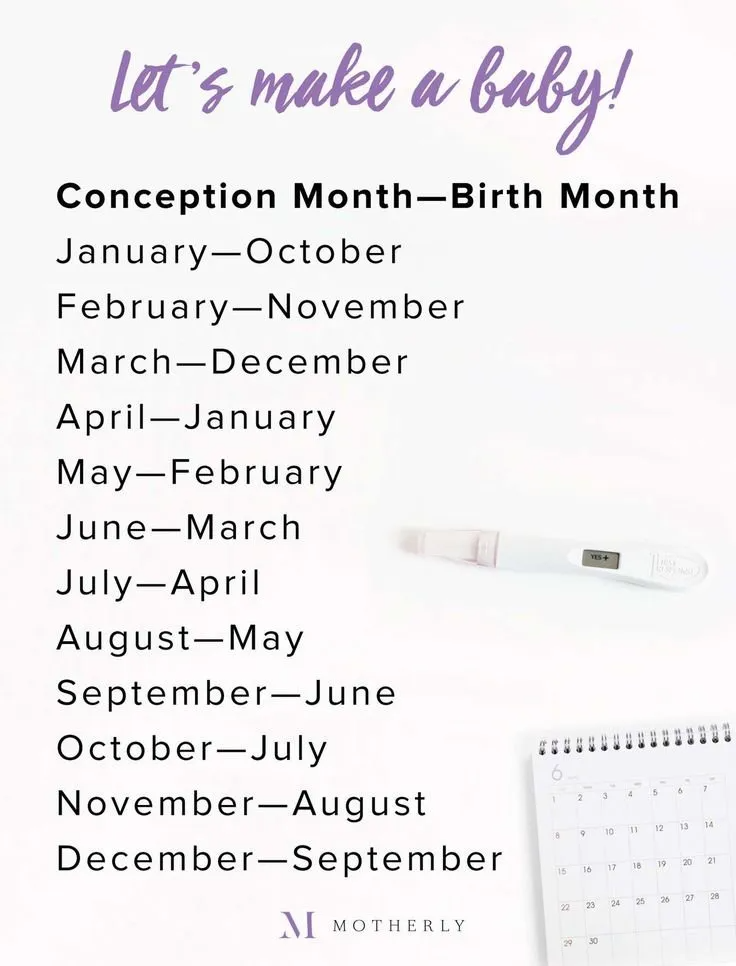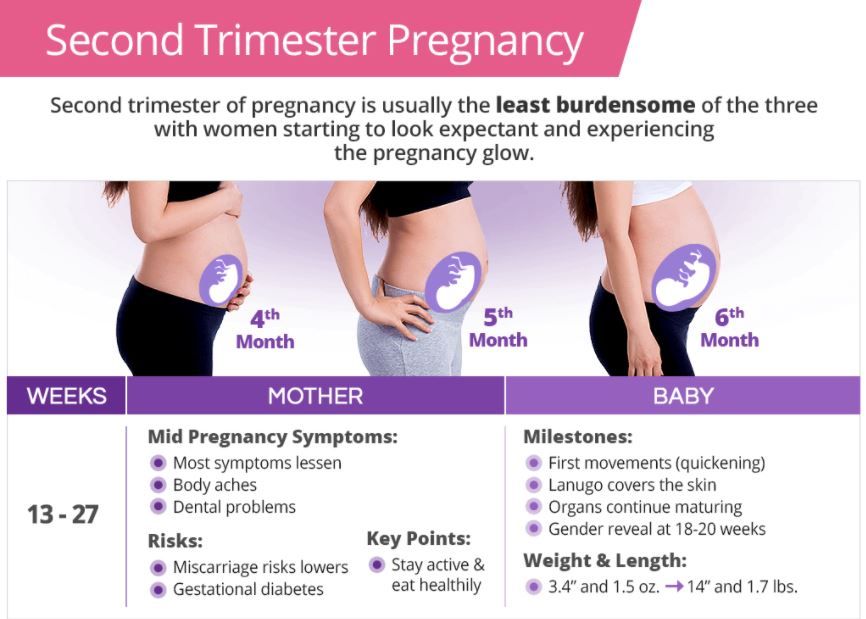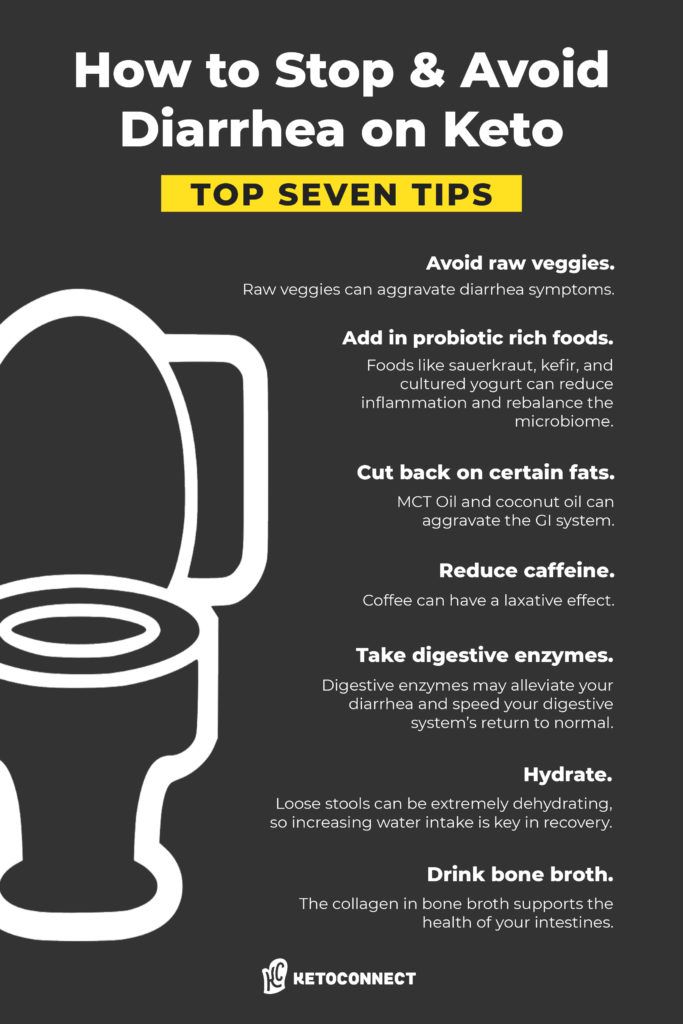Skin change after pregnancy
Acne after pregnancy and other postpartum skin conditions
Photo: iStockphoto
I was totally unprepared for the effects of post-pregnancy hormones on my once-glowing complexion. Two months after giving birth to my second bundle of joy, my skin was ravaged by cystic acne, flakes and blotchy veins for the first time in my life, and the mask of pregnancy I’d assumed would disappear was lingering around my eyes like a spit-up stain on my favourite white T-shirt.
Post-pregnancy hormones can rear their ugly heads at the most annoying times, but thankfully, options for minimizing or correcting these post-baby complexion conundrums abound. Here are the safest and most effective treatments and ingredients to treat them.
Note: Always discuss treatments and products with your doctor or dermatologist before making changes to your skincare routine.
1. Melasma after pregnancyCause: UV exposure, genetics and elevated estrogen and progesterone levels combine to create a darkening of skin on lighter-toned faces and lighter patches in the darker skinned.
What it looks like: Otherwise known as the “mask of pregnancy,” pigment typically collects around the cheeks, forehead, eyes and sometimes around the mouth.
Is it long-term? While some of the hyperpigmentation will fade post-delivery, the discolouration never completely goes away.
Treatment options: Beyond slathering your face with a generous supply of SPF 30 daily – you’ll need to reapply if you’re sitting near a window or outdoors for hours at a time – to minimize existing melasma, Holly Sherrard, Canadian education manager at The International Dermal Institute, says looking for products containing ingredients like kojic acid (speak to your doctor if you are breastfeeding), rice bran and vitamins C, E and A (safe for nursing mothers) in lower concentrations will help brighten and refresh your complexion. For a fast-acting, in-office solution, Toronto-based dermatologist Dr. Paul Cohen, suggests Cosmelan, a non-invasive chemical peel that uses potent ingredients to encourage pigment-producing cells to slow down while also encouraging surface pigment to peel away.
Cause: Skyrocketing progesterone and estrogen fluctuations lead to increased sebum production and clogged pores.
What it looks like: Typically affecting the neck and lower area of the face, hormonal acne varies between mild and severe, but often presents itself as raised red bumps that can be painful to touch.
Is it long-term? It can disappear within a few months, but for some, breakouts may linger.
Treatment options: Cohen suggests products with benzoyl peroxide, to penetrate clogged pores and extracts impurities, as a safe option during and after breastfeeding. But for women experiencing painful, cystic acne that won’t go away, visiting a dermatologist is your best bet. “For breakouts like these, taking prescription medications that kill acne-breeding bacteria or unclog pores, or starting the birth control pill that regulates hormones may be most effective option,” he says.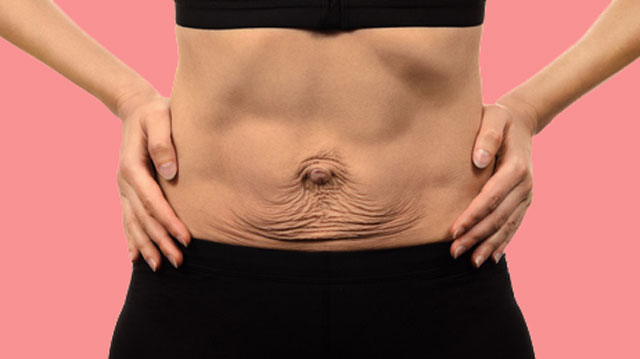 (Of course, let your dermatologist know if you are nursing.)
(Of course, let your dermatologist know if you are nursing.)
Cause: Increased blood circulation and hormone levels highlight facial veins in a spider-like effect.
What they look like: Small reddish blood vessels branching out around the face (commonly around the nostrils and cheeks), neck and upper body.
Are they long-term? Many women notice a diminished effect four to six months post-birth, while some may need to seek treatment to lessen their appearance.
Treatment options: Try red raspberry extract, a bioflavinoid- and plant hormone-rich ingredient that works to strengthen vessels, recommends Sherrard (and it's safe if you are nursing). She also advises using emollients like shea butter and olive or plant oils to keep skin soft.
4. Postpartum dry skinCause: Hormonal changes can sap skin of lipids during and immediately following pregnancy, leading to moisture-sapped patches on the face.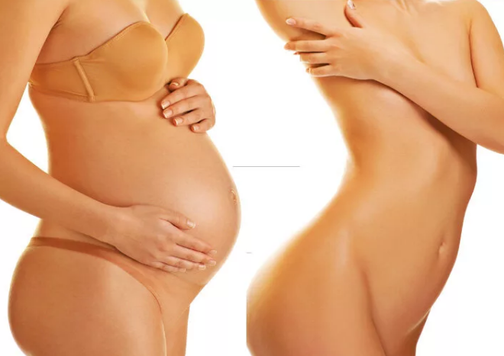
What it looks like: Sections of dry, red and somewhat leatherish skin, on cheeks, nose and mouth.
Is it long-term? Because skin is lacking hydration, the sooner you restore moisture levels, the sooner your complexion will return to normal.
Treatment options: Reduce dryness and inflammation is by using mild cleansers and lots of moisturizer, says Cohen. Read the ingredient label to make sure they’re fragrance-free, additive-free and non-comedogenic, and always protect skin from damaging UV rays with broad-spectrum protection. For especially raw areas, says Sherrard, use a hydrating lotion with natural lipids like shea butter or jojoba seed oil, and for very red patches, look for products containing sea buckthorn.
Loose skin after pregnancy, plus other skin issues postpartum
Pregnancy brings about a lot of changes, but you may be surprised to learn that many of the changes involve your skin. For example, you may develop dark patches or blotchy spots, as well as acne, rashes, and stretch marks. But pregnancy isn't the only time you may notice shifts in your skin health. Many skin changes continue or spring up after delivery as well. Like many postpartum issues, though, most of these can fade and resolve with time.
But pregnancy isn't the only time you may notice shifts in your skin health. Many skin changes continue or spring up after delivery as well. Like many postpartum issues, though, most of these can fade and resolve with time.
Why do postpartum skin changes occur?
Postpartum skin changes can be a continuation of what began during your pregnancy, but you may also see new issues pop up. The changes are usually caused by the shifts happening with your hormones, skin glands, metabolism, vascular system, and immune system, both during and after your pregnancy. These changes, paired with the drastic changes in sleep, can have a major effect on your skin.
Also, if you had skin conditions before pregnancy, these may have been exacerbated by pregnancy – or if they got better during pregnancy, they might return postpartum. In general, skin changes occur in about 90 percent of pregnant women in one form or another.
What types of skin issues might I experience postpartum?
Your skin's appearance or texture might shift after childbirth as your hormones and other systems start to return back to normal levels.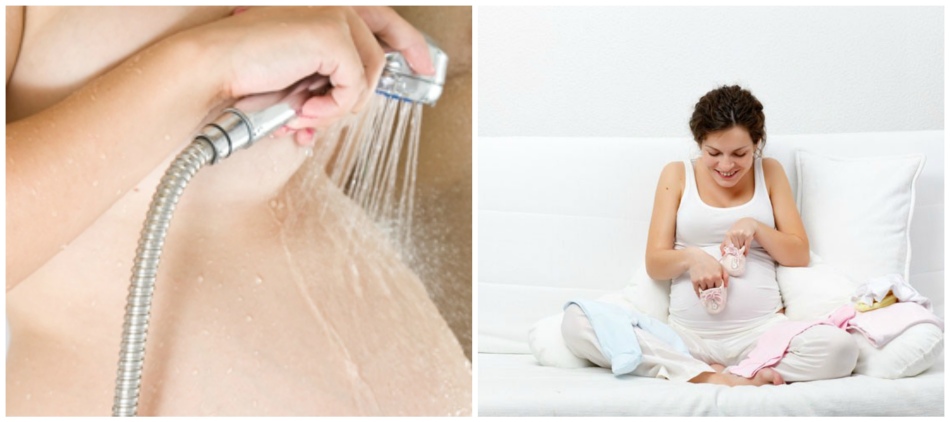 Here's a look at the most common postpartum skin issues:
Here's a look at the most common postpartum skin issues:
Loose skin after pregnancy
It's very common to have loose skin after pregnancy, particularly in the abdomen, as a result of your body accommodating a growing baby bump. That may look like sagging or wrinkled skin that can be easily pulled away from the muscles beneath. After nine months of stretching, it can take some time for the skin to go back to normal, and in some cases, at least some of the stretchy skin will remain.
Activity can be helpful, not just because it assists with strengthening core muscles, but also because it improves your vascular system, so your skin has more blood flow and oxygen. Keep in mind, though, that the recommendation is to wait at least six weeks before you start vigorous workouts. Check with your doctor or midwife to make sure you're cleared to workout before you start.
A healthy diet can also be a plus, along with quality sleep. For some women, it takes about six months before they start to see a reduction in loose skin.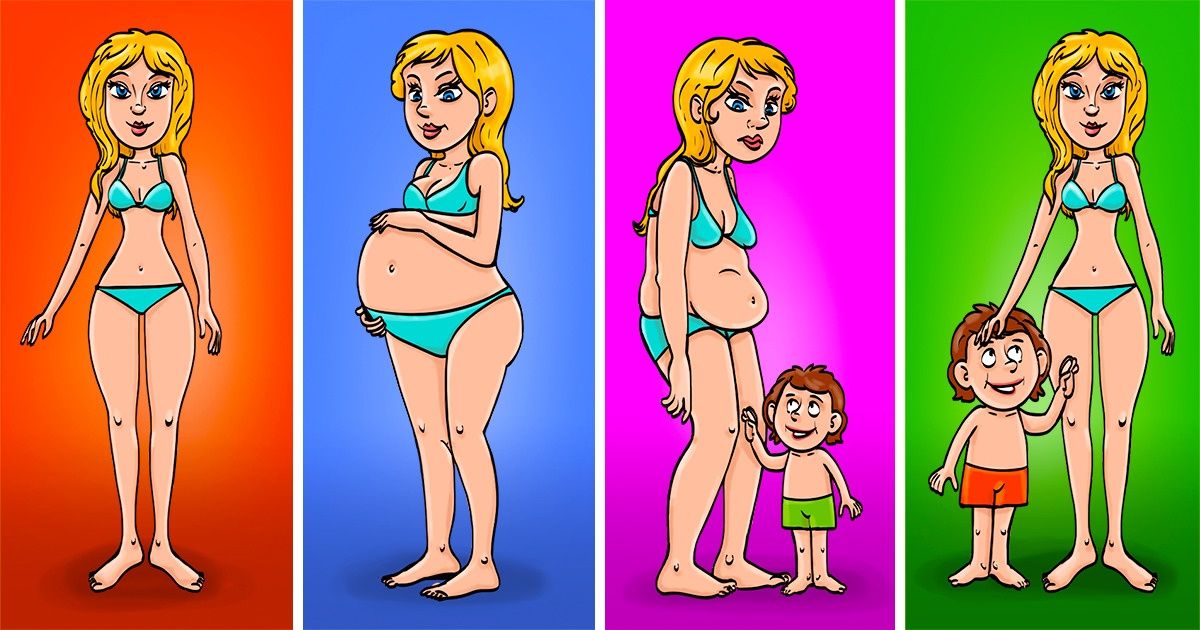 If diet and exercise aren't taking you as far as you'd like, you could consider a procedure like abdominoplasty – usually called a tummy tuck – but it's not recommended if you're planning on having more children. Plus, according to the American Society of Plastic Surgeons, it's not a procedure to consider right away. The organization notes that reputable surgeons will advise you to wait at least six months for this and ideally at least a year.
If diet and exercise aren't taking you as far as you'd like, you could consider a procedure like abdominoplasty – usually called a tummy tuck – but it's not recommended if you're planning on having more children. Plus, according to the American Society of Plastic Surgeons, it's not a procedure to consider right away. The organization notes that reputable surgeons will advise you to wait at least six months for this and ideally at least a year.
Postpartum dry skin
Fluctuations in hormones like progesterone and estrogen often change the skin's texture, causing dry spots or an overall feeling of dryness. This can happen during pregnancy but may continue postpartum as well. Moisturizing more frequently, drinking more water, and eating nourishing foods can all help, and to prevent skin from drying more, try avoiding very hot showers or baths.
If you don't feel like your having much luck with these strategies, consider talking to your doctor about the possibility of a condition called postpartum thyroiditis, when your body doesn't make enough thyroid hormone. This condition affects a small percentage of women, only about 3 in 100, but if untreated, it may lead to an underactive thyroid. One of the symptoms is dry skin, along with muscle weakness, muscle cramps, and intolerance of cold weather.
This condition affects a small percentage of women, only about 3 in 100, but if untreated, it may lead to an underactive thyroid. One of the symptoms is dry skin, along with muscle weakness, muscle cramps, and intolerance of cold weather.
Postpartum acne
When you're pregnant, the glands in your skin that hold hair follicles and provide moisture, called sebaceous glands, become overactive and make excess sebum, a waxy, oily substance that in normal amounts can make your skin feel moisturized, but with too much, can lead to oiliness, especially on your face. That can lead to acne breakouts, which may continue postpartum. Breastfeeding may also change hormone levels, which can lead to more acne, and also cause the issue to linger.
Advertisement | page continues below
Topical treatments are usually safe even if you're breastfeeding, but be sure to check with your doctor first. It can also help to stay hydrated and follow a healthy diet. Take note if certain foods seem to make your acne flare up, such as dairy foods.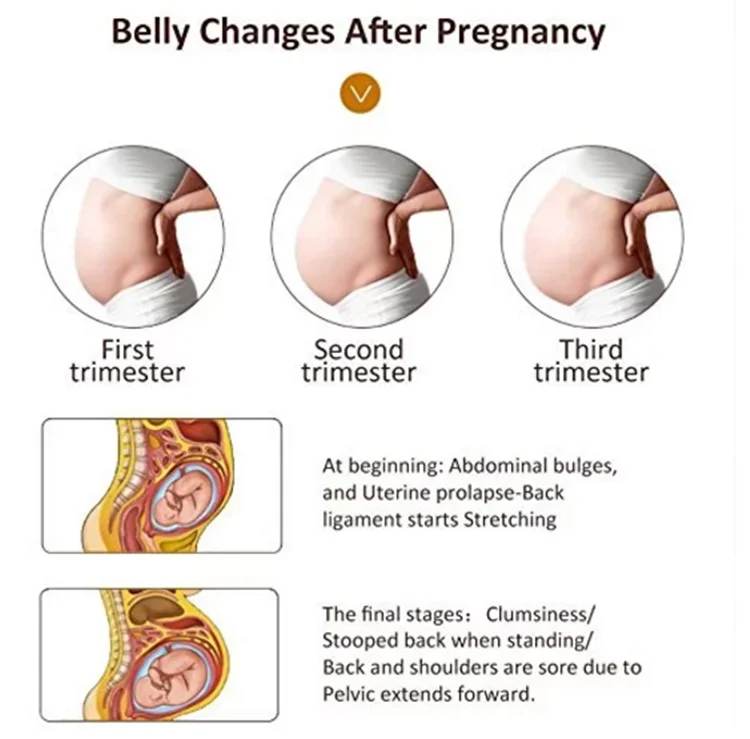 In terms of what to try, foods like salmon, citrus fruits, walnuts, and tomatoes, along with other fruits and vegetables, are all good for the skin.
In terms of what to try, foods like salmon, citrus fruits, walnuts, and tomatoes, along with other fruits and vegetables, are all good for the skin.
Postpartum itchy skin
Often related to dryness, itchy skin could be another sign of postpartum thyroiditis, or just a sign that you need to kick up your hydration. At least 8 to 10 glasses of water – 8 ounces each – is recommended, with postpartum needs at the high end of that range; even more if you're breastfeeding. You may be itchy because your skin is more sensitive to allergens as well, such as dust or pet dander.
Postpartum oily skin
Similar to why your acne may flare up, that excess sebum your skin is creating can make give your skin an oily sheen as well, especially postpartum. Some strategies that may help include gentle cleansing along with moisturizing, to keep the skin from getting so dry that oil production goes into overdrive.
Postpartum hives
During the third trimester, some women develop a condition called pruritic urticarial papules and plaques of pregnancy (PUPPP).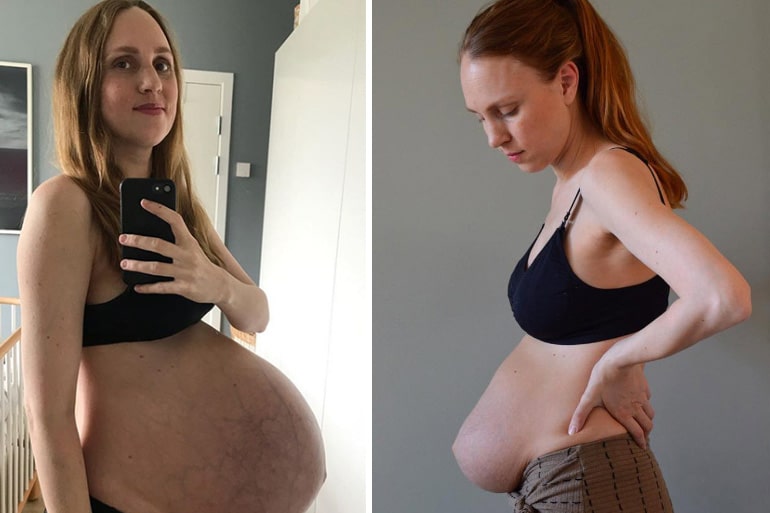 This is the most common pregnancy-related skin condition and can be more common with first babies or multiples. The condition causes red, itchy bumps that are thought to be part of changes to the connective tissue in the abdomen.
This is the most common pregnancy-related skin condition and can be more common with first babies or multiples. The condition causes red, itchy bumps that are thought to be part of changes to the connective tissue in the abdomen.
After delivery, the condition can continue, or it's possible that it will pop up for the first time postpartum. Either way, the rash usually fades within 15 days of delivery, but if it's continuing, your doctor may recommend topical corticosteroids, along with antihistamines.
When can I expect postpartum skin changes to fade?
Although pregnancy-related skin conditions are common, they can be frustrating when they linger. That might involve symptoms like PUPPP, dry skin, acne, and redness. Many do resolve on their own within six months, especially as your hormone levels reset, but if they're affecting your daily life or seem to be getting worse, talk to your doctor.
Are there any skincare products I should avoid while breastfeeding?
It's always best to check with your doctor before using any medication while breastfeeding, and that can include skincare products that include ingredients like retinol and topical corticosteroids.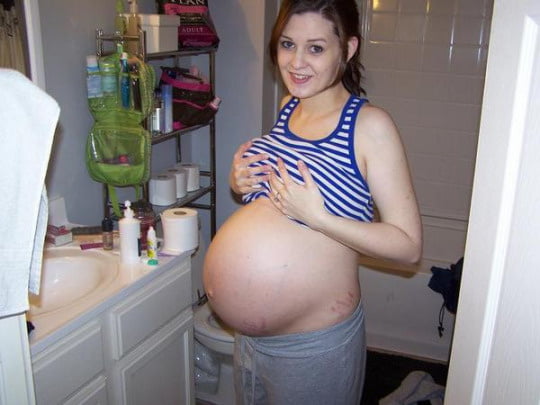
What are some safe ways to take care of my skin postpartum?
The type of skincare routine you'd do anytime still applies here, including using sunscreen with an SPF of 30 or greater, cleansing your face twice daily, eating healthy foods, and staying hydrated. Maintaining an exercise routine and getting quality sleep – tough when you're postpartum, but great when you can get it – also contribute to healthier skin. Most of all, just remember that your body takes time to adjust after having a baby, and your skin is no exception.
Belly after childbirth: how to remove and tighten the skin?
The birth of a child is the most beautiful and anticipated moment in the life of every girl. But the joy of motherhood always has another side - the reflection in the mirror no longer pleases. The stomach most often suffers from excess weight after pregnancy and childbirth. A sagging apron, multiple stretch marks (stretch marks) on the skin, diastasis - all these changes cause a certain discomfort to a young mother.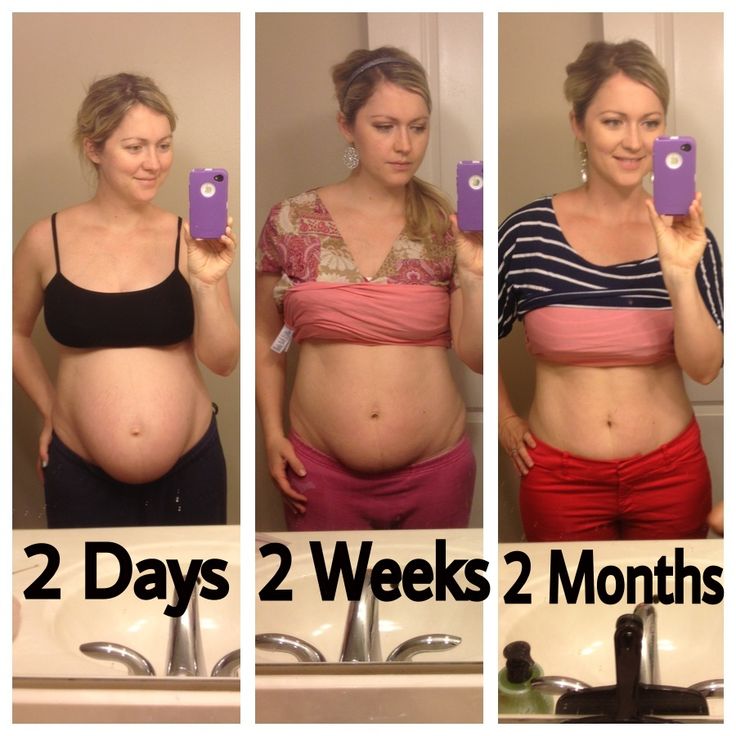
Many people say that you can get in shape with the help of diet and sports, but, unfortunately, these methods do not cope with all the changes that have occurred. For example, the “apron” on the stomach after losing weight will sag even more, and stretch marks and diastasis will not go away. nine0003
Return a slender and toned belly after childbirth - abdominoplasty (tummy tuck) is one of the most popular plastic surgeries in the world to restore lost shape.
Belly after childbirth: how do the muscles behave?
From the middle of the 2nd trimester of pregnancy, the abdominal muscles begin to gradually stretch under the influence of a significant increase in the uterus and strong internal tension. The rectus abdominis muscles literally "diverge" to the sides. This provokes the occurrence of diastasis - the divergence of the rectus abdominis muscles. Plus, the influence of the hormonal background is added to this. nine0003
But nature cunningly conceived the female body - after the birth of a baby, the abdominal muscles return to their original state.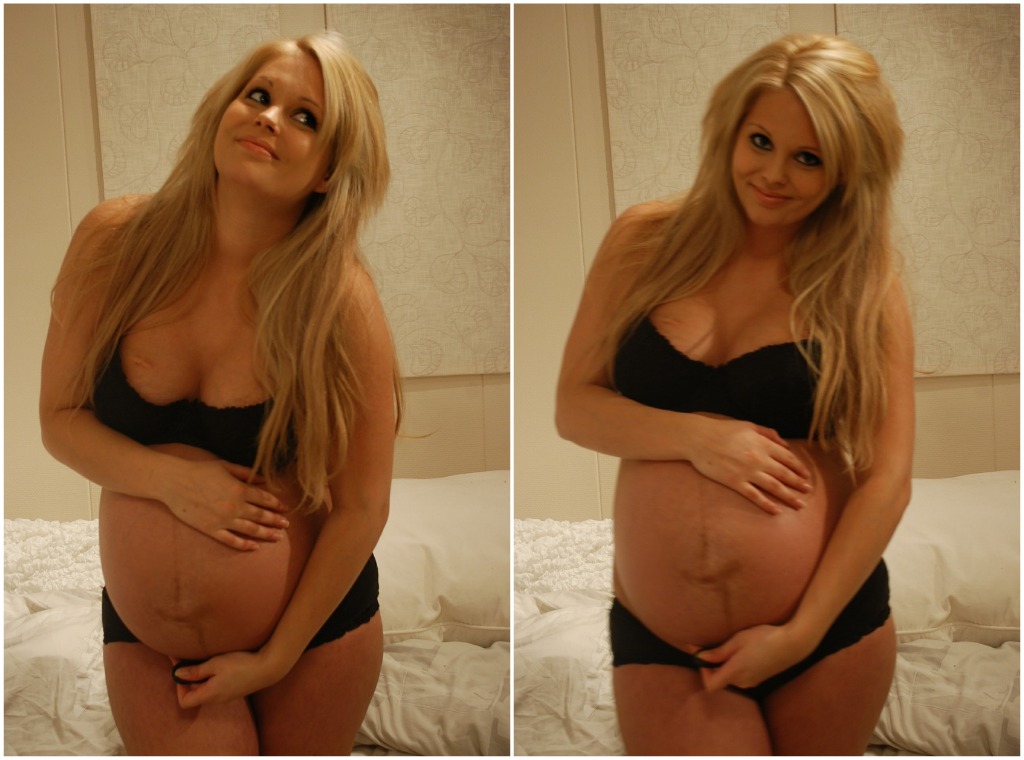 Unfortunately, this doesn't happen for everyone. There may be several reasons:
Unfortunately, this doesn't happen for everyone. There may be several reasons:
- dysplasia (weak connective tissue fibers)
- significant fetal weight
- low level of physical fitness - the muscular corset of the expectant mother is not ready for transformation
- short interval between births (less than 1.5 years)
It is worth noting that each subsequent pregnancy increases the likelihood of muscle separation. nine0003
As a rule, the belly after childbirth worries young mothers more from an aesthetic point of view. The abdomen looks round, puffy, with flabby and sagging skin, there is no relief.
What if the belly sagged after childbirth?
Sagging belly after childbirth is a very common and characteristic phenomenon for young mothers. But it's not just the skin that sags. On the abdomen, the body accumulates fat deposits to protect the unborn baby.
It is important to understand: the belly does not quickly return to shape after childbirth, the body needs time to recover.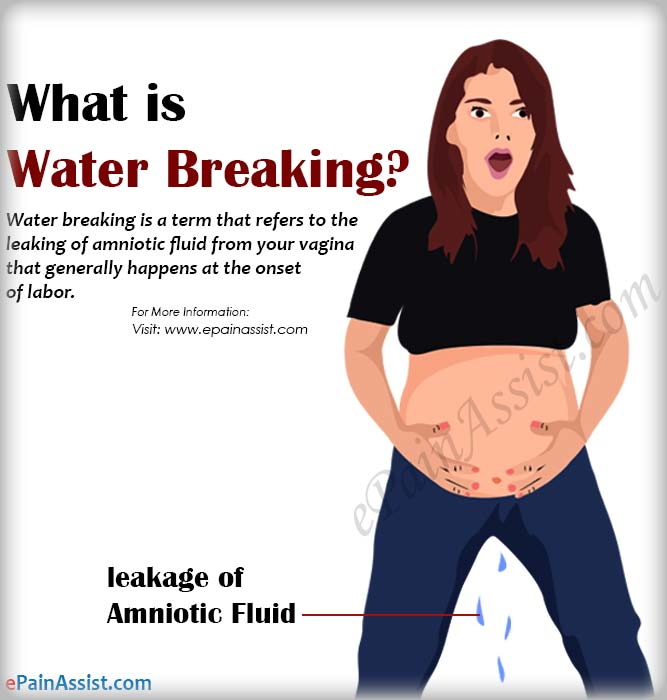 Approximately after 2 months, the uterus returns to its prenatal state, the hormonal background and other body systems are restored. A woman in labor loses extra pounds, and the skin on her stomach tightens. In this case, the following will help: proper balanced nutrition, wearing compression underwear (bandage) for 4-6 months after childbirth, cosmetic procedures (massages) and physical exercises. All recommendations are given in the hospital, so strictly adhere to them. nine0003
Approximately after 2 months, the uterus returns to its prenatal state, the hormonal background and other body systems are restored. A woman in labor loses extra pounds, and the skin on her stomach tightens. In this case, the following will help: proper balanced nutrition, wearing compression underwear (bandage) for 4-6 months after childbirth, cosmetic procedures (massages) and physical exercises. All recommendations are given in the hospital, so strictly adhere to them. nine0003
But it is not always necessary to rely on the restoration of forms. For example, after a caesarean section, the abdominal muscles simply cannot return to their previous shape due to the fact that they are physiologically unable to “close”. Then the stomach after childbirth is significantly noticeable, the navel looks a little “turned out” outward. And all this is accompanied by stretched skin. In this case, there are direct indications for abdominoplasty.
How to tighten the skin on the abdomen?
Before starting recovery after childbirth, it is worth consulting with your family doctor.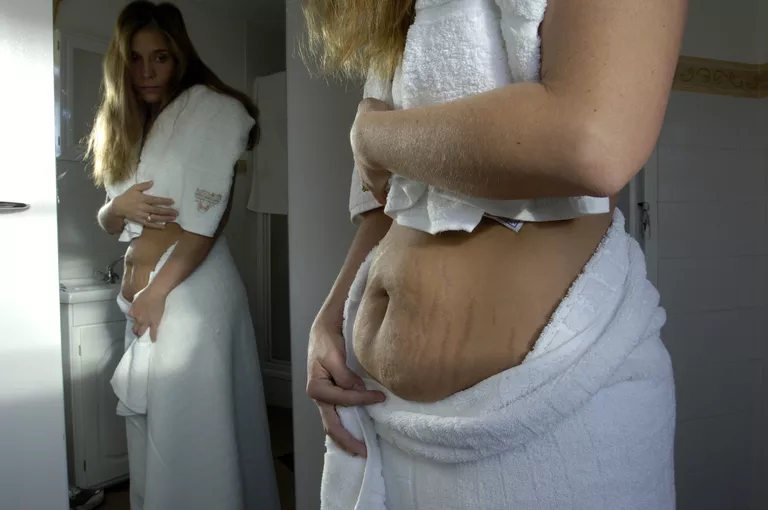 Usually, experts recommend starting this no earlier than 2 months after childbirth. nine0003
Usually, experts recommend starting this no earlier than 2 months after childbirth. nine0003
The recovery process is always individual and can take from 5 months to 1 year. It all depends on many factors:
- how much did you gain during pregnancy
- what was the birth - natural or caesarean section
- baby weight
You can restore the tone of the stomach after childbirth, conditionally, in 2 ways: at home, eating right and playing sports, or contact a plastic surgeon.
Stretch marks on the abdomen after childbirth
More than half of new mothers develop stretch marks after childbirth. What are stretch marks on the skin? These are skin imperfections. In simple terms, the skin "tears" and scar tissue appears in this place. Stretch marks are often pink at first and then fade to whitish. Sometimes microtraumas destroy small vessels and capillaries, which stain striae in a maroon color.
The main reasons for the appearance of stretch marks are hormonal changes and weight fluctuations (a sharp set of kilograms, and then weight loss).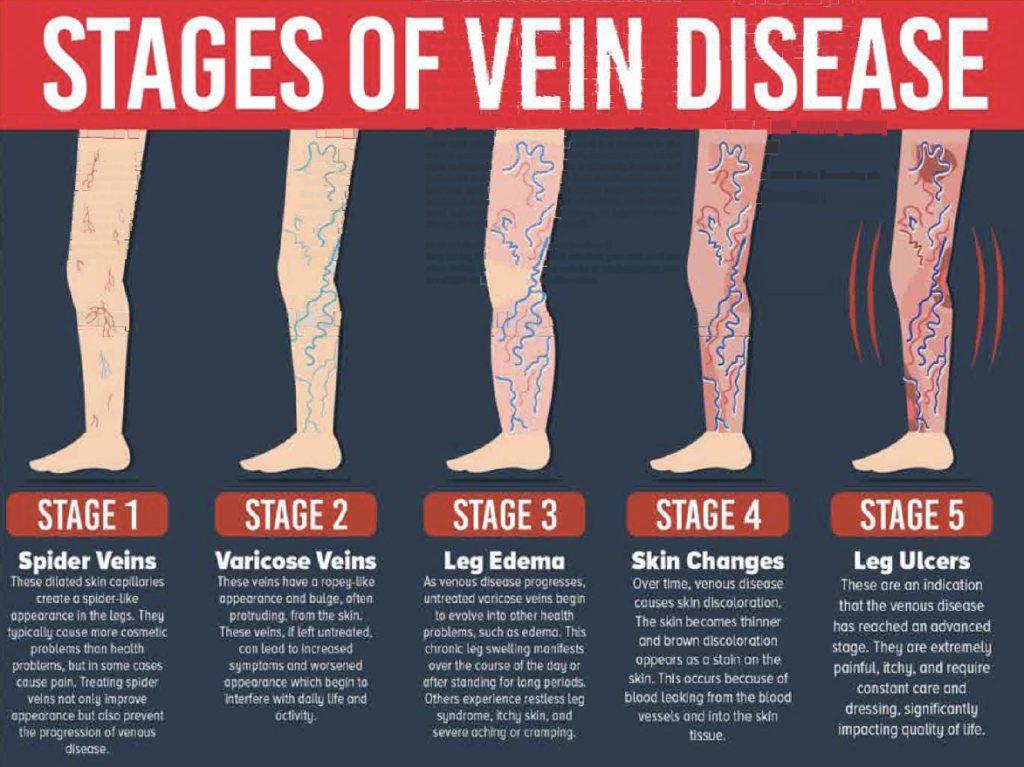 Also, the skin, due to the lack of collagen and elastin, cannot withstand the increase in the circumference of the abdomen and hips. nine0003
Also, the skin, due to the lack of collagen and elastin, cannot withstand the increase in the circumference of the abdomen and hips. nine0003
Stretch marks most often occur on the thighs and abdomen. It is impossible to remove them at home. One of the solutions for a small number of stretch marks on the body is laser resurfacing with a Fotona laser. The procedure improves their appearance.
Stretch marks can be removed during a surgical tummy tuck. Completely go away striae, which are located near the navel and lower abdomen. In addition, due to the fact that during abdominoplasty the skin is smoothed, stretch marks become almost invisible. nine0003
How to clean the belly after childbirth at home?
Young mothers usually begin the return of lost forms at home.
- Proper nutrition. This is the foundation of all foundations. But young mothers often make the main mistake - they want to lose weight quickly. Rapid weight loss has a negative effect on the figure.
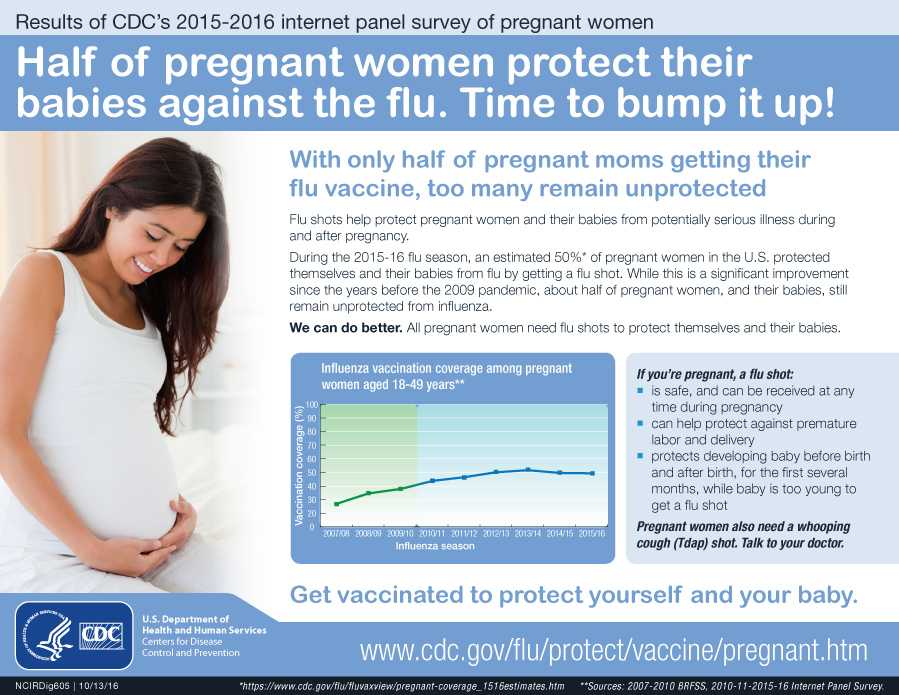 You need to eat properly and fully. Only then can good results be achieved. In numbers, breastfeeding takes up to 800 calories, so the daily diet of a nursing woman should be 1300-1400 calories. Thus, weight loss will be uniform and will allow you to fix a stable weight. nine0018
You need to eat properly and fully. Only then can good results be achieved. In numbers, breastfeeding takes up to 800 calories, so the daily diet of a nursing woman should be 1300-1400 calories. Thus, weight loss will be uniform and will allow you to fix a stable weight. nine0018 - Bandage. Properly selected compression underwear will help to quickly contract the skin and support weakened abdominal muscles.
- Physical exercise. It is worth resuming physical activity no earlier than 6-8 weeks after the birth of a child. Start with a moderate load, preferably cardio training - walking, running, and then strength. The last thing you need to load the press.
- Massage. Home vacuum massage stimulates the production of collagen and elastin, improving skin quality. nine0018
How to clean the stomach after childbirth with the help of a doctor?
In most cases, surgery is needed to achieve a smooth and flat stomach, just like before childbirth.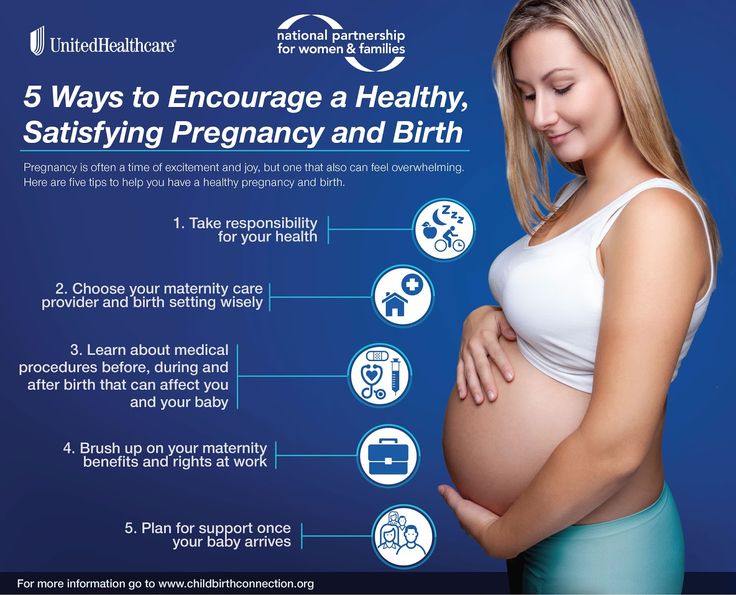
Plastic surgery, which is aimed at giving a tightened appearance to the abdomen, is called abdominoplasty. Its essence: removal of excess skin from the anterior abdominal wall, fat deposits and strengthening the white line of the abdomen. A full range of problems can be solved in one surgical intervention:
- remove overhanging skin-fat “apron”
- eliminate loose skin and partial stretch marks
- suture diastasis
- remove unaesthetic retracted scar after caesarean section
- strengthen abdominal muscles
- outline the waistline
Abdominoplasty is always performed under general anesthesia. The duration of the surgical intervention is determined by its volume. Usually it is 2-2.5 hours.
There are the following types of tummy tuck:
- Mini tummy tuck. Performed with minimal aesthetic defect. It does not involve the removal of a large "apron" and the transfer of the navel.
- Classic full tummy tuck.
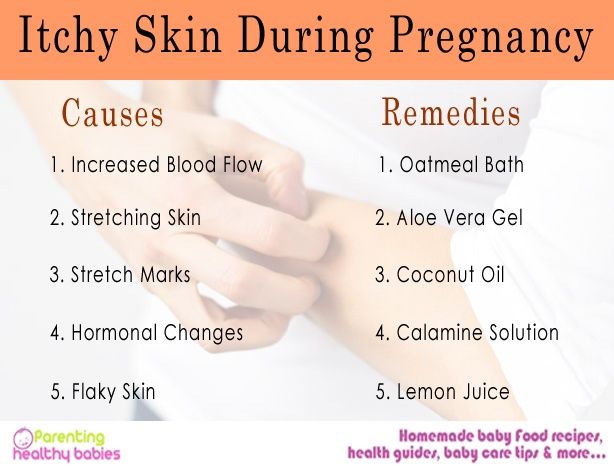 It is carried out with significant sagging of the skin, the presence of a skin-fat "apron", deformity of the navel.
It is carried out with significant sagging of the skin, the presence of a skin-fat "apron", deformity of the navel.
A tummy tuck is often combined with liposuction - lipoabdominoplasty - to achieve maximum results.
When the surgeon says yes
For surgical tummy tuck, like any operation, there are indications:
- aesthetic dissatisfaction with the shape of the abdomen
- sagging skin-fat "apron"
- skin laxity, postoperative scars (caesarean section scar), scars
The first step to a perfect figure is a consultation with a plastic surgeon. Only he can determine the indications for plastic surgery and give recommendations. And, of course, before surgery, it is important to undergo an examination and pass tests. According to their results, the surgeon will be able to say the final “yes”. nine0003
And when you shouldn't…
Abdominoplasty is the most effective way to restore beauty to the stomach. But there are situations when you should not rush.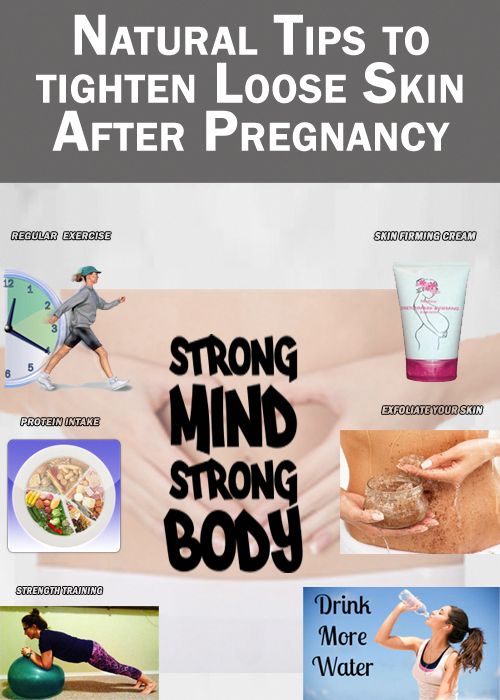 For example, if you are planning another pregnancy. A tummy tuck operation is recommended when the family is formed and the girl does not plan to give birth. This will be the key to a stable and long-term result.
For example, if you are planning another pregnancy. A tummy tuck operation is recommended when the family is formed and the girl does not plan to give birth. This will be the key to a stable and long-term result.
Also, tummy tuck has a number of contraindications:
- chronic diseases of internal organs in the acute stage
- heart or lung failure
- malignant growths
- bleeding disorder
The results will not keep you waiting
Rehabilitation after a tummy tuck takes 2 weeks. All this time (around the clock) the patient must walk in a bandage - this is important to stabilize the result and reduce postoperative risks. You can evaluate the result of a tummy tuck after 1 month.
Publication date: 11/01/2021
beauty treatments and review of 4 products
Contents
- Postpartum skin problems
- Age spots
- Dryness and irritation of the skin
- Stretch marks (stretch marks)
- Features of facial skin care
- Features of the care of the skin of the abdomen
- Exercises for tightening the skin after childbirth
- Postpartum hair condition nine0017 Beauty treatments for skin care
- Cosmetics
Postpartum skin problems
Not only did you experience stress during pregnancy, but so did your skin.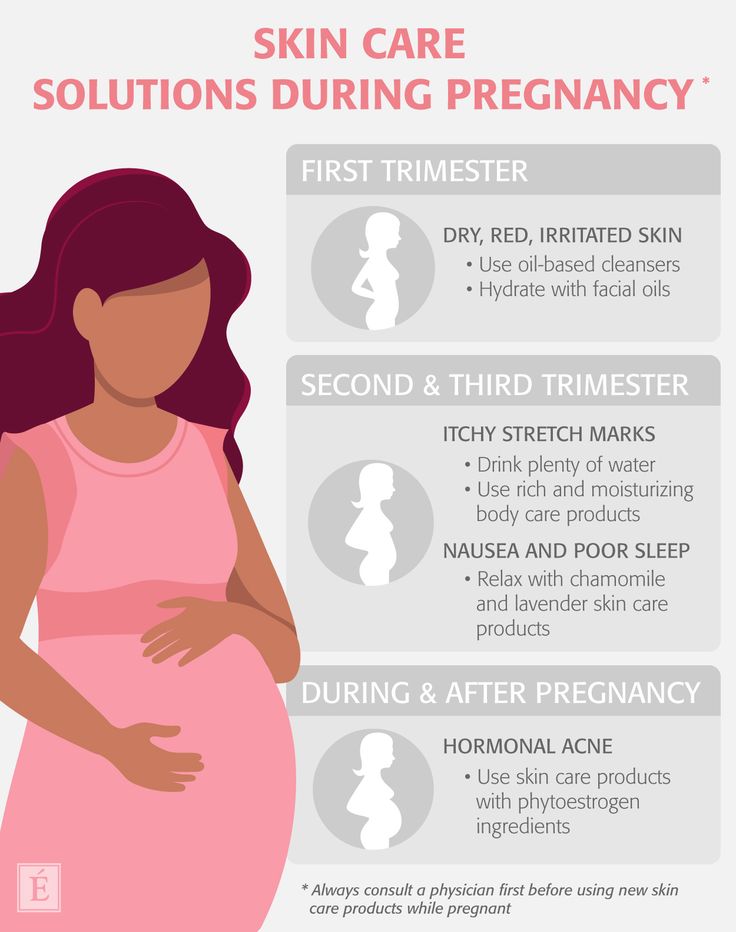 You won’t envy her: hormonal changes made every cell work according to new rules.
You won’t envy her: hormonal changes made every cell work according to new rules.
And often the skin could not cope. Evidence:
-
age spots;
-
increased dryness or, conversely, unusual fat content; nine0003
-
irritation;
-
stretch marks on the thighs, abdomen and chest;
-
hair problems (yes, the scalp also got it).
Return to the top
Pigmented spots
In general, pigmentation can be a problem at any age. And in the third trimester of pregnancy, the so-called “mask of pregnant women”, or chloasma, often appears - spots on the face, neck, and décolleté. This is due to an increase in the level of estrogen and progesterone, necessary for childbirth and lactation. These same hormones stimulate the increased production of melanin, which colors the skin in a light brown color. nine0003
Against the background of hormonal changes, the functioning of the pigment system is disturbed, melanin is unevenly distributed.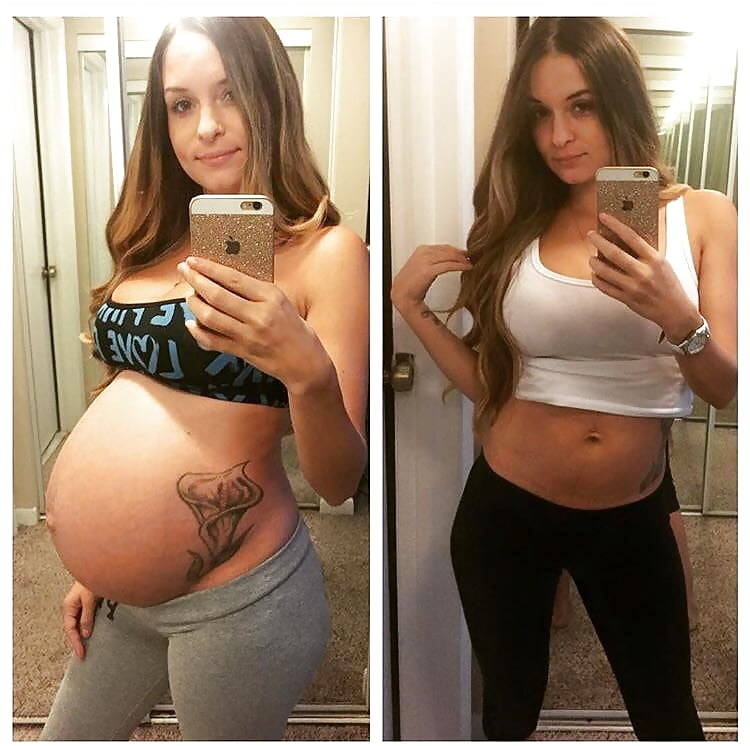
Pigmentation can also be caused by deficiency of certain substances:
- 1
folic acid;
- 2
vitamins B and C;
- 3
copper;
- 4
zinc;
- 5
iron.
nine0079 - 1
Lie on your back.
- 2
Place your hand on your stomach.
- 3
Start breathing actively: inhale forcefully through your nose, exhale forcefully through your open mouth.
- 4
As you exhale, try to draw your stomach in as much as possible. Help yourself with your hand.
- 5
Repeat at first 5-7 times, gradually reaching 20-25 times. Do three repetitions. nine0003
- 6
- 1
Sitting on a bed or chair, tense and relax the muscles of the buttocks and pelvic floor.

- 2
Repeat 10-15 times. Do 3 sets.
- 1
Sit with your back straight.
- 2
Extend your legs.
- 3
Spread your heels apart.
- 4
Pull your toes first away from you, then towards you.
- 5
- 5
Repeat at first 5-7 times, gradually reaching 20-25 times. Do 3 sets. nine0003
© skin.ru
- What you need to know about organic cosmetics
- Causes of bruising under the eyes
- Beneficial for the body: diaper cream
- 1
Mesotherapy : cocktails based on vitamins, peptides, hyaluronic acid are delivered by injection into the skin.
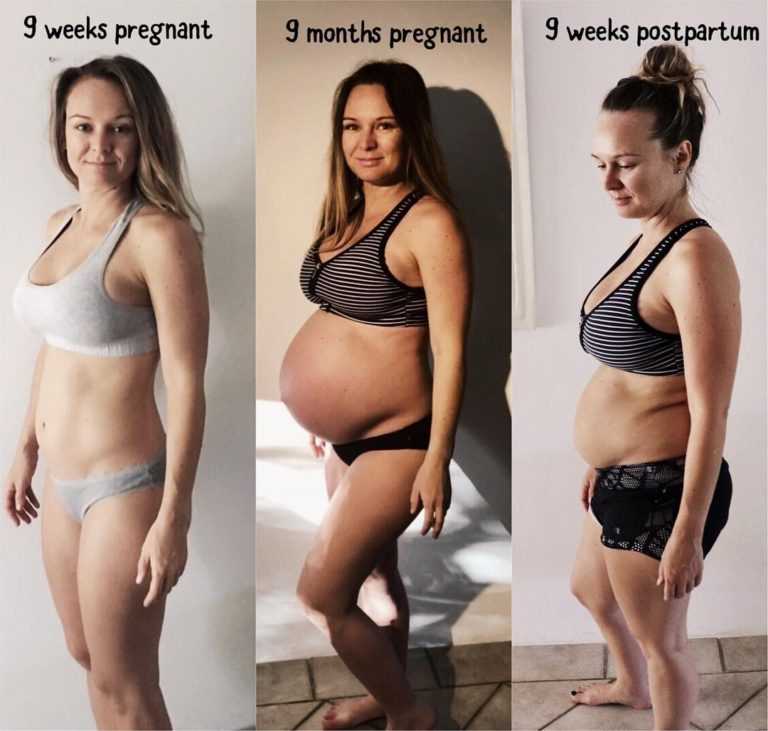 They restore the moisture-retaining barrier and hydrobalance, as a result of which fine wrinkles are smoothed out, the skin looks fresh and radiant. nine0003
They restore the moisture-retaining barrier and hydrobalance, as a result of which fine wrinkles are smoothed out, the skin looks fresh and radiant. nine0003 - 2
Laser therapy helps reduce the appearance of stretch marks. Quite painful, but effective procedure.
- 3
Cryolipolysis allows you to get rid of fat folds. The problem area is exposed to cold for an hour, fat cells are destroyed.
- 4
Peeling is a sure way to make the skin more even and smooth, and the complexion beautiful. nine0003
Back to the top
Dryness and irritation of the skin
After childbirth, the skin often becomes prone to dryness and irritation. This is fine. Before childbirth, all the forces of the body are aimed at bearing a child, the hormonal system is actively working. After childbirth, estrogen production decreases.
The skin does not keep up with such changes and responds with dryness and irritation. Plus, sleepless nights, which means that the hormone of sleep and circadian rhythms, melatonin, which is also responsible for protecting against stress and premature aging, is produced in insufficient quantities. As a result, skin problems arise. nine0003
Return to TOP
Stretch marks (stretch marks)
To prevent the appearance of stretch marks, skin must be taken care of from the first days of pregnancy © iStock
One of the reasons for their formation is the hormone progesterone. On the one hand, it is impossible to bear a child without it (it has a relaxing effect on smooth muscles, protecting the uterus from tone). On the other hand, progesterone weakens the connective tissue of the dermis. As a result, the skin does not keep up with the growing belly and chest, collagen and elastin fibers are torn, stretch marks appear. nine0003
On the one hand, it is impossible to bear a child without it (it has a relaxing effect on smooth muscles, protecting the uterus from tone). On the other hand, progesterone weakens the connective tissue of the dermis. As a result, the skin does not keep up with the growing belly and chest, collagen and elastin fibers are torn, stretch marks appear. nine0003
Back to the Table of Contents
Peculiarities of facial skin care
In facial skin care, follow the usual scheme: cleansing, toning, moisturizing, taking into account skin type and existing problems. The only thing you should especially focus on in the postpartum period is enhanced UV protection.
When going for a walk, do not forget about the cream with SPF even in winter.
Back to contents
Features of care for the skin of the abdomen
0002 Stretch marks are better to prevent (using preventive measures) than to deal with them after childbirth. But even if they appear, cosmetics will help make stretch marks less noticeable if used regularly after the baby is born.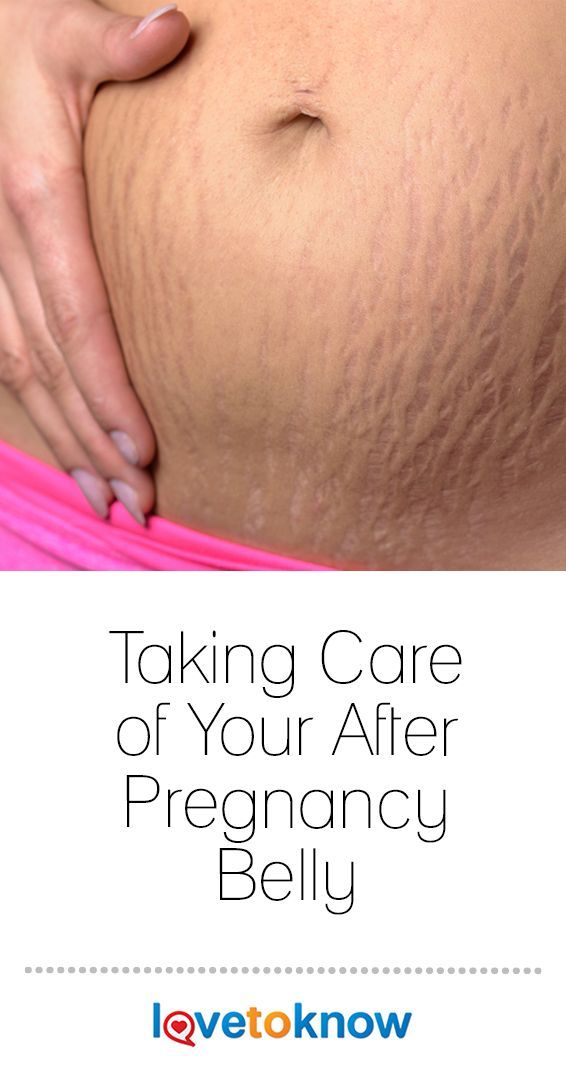
Suitable creams with a dense texture and composition, which includes:
Back to index
Exercises for tightening the skin after childbirth
Training increases skin elasticity and helps the body quickly regain lost shape. True, active fitness is not recommended for the first two months after childbirth. nine0003
Abdominal
Buttocks
This exercise can only be done if you have no stitches.
Leg
Return to the top
Hair condition in the postpartum period
Increased hair loss after childbirth is a normal phenomenon that can last from 2 to 6 months. The hormonal system gradually returns to its normal mode, the level of estrogen decreases, which affects the condition of the hair.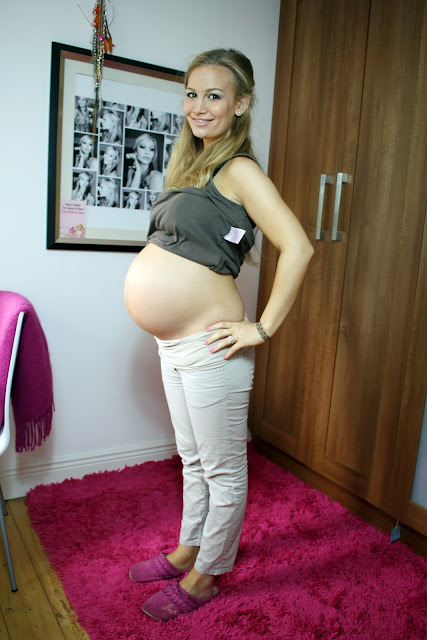 nine0003
nine0003
Don't worry - along with the loss of old hair, the active growth of new hair begins.
Back to index
We advise you to read:
Beauty treatments for skin care
Just after giving birth, it's better to limit yourself to regular cosmetic care © iStock
Of course, you want to get your face and body in order as soon as possible, but in the first months after giving birth, it's better to limit yourself to ordinary cosmetic care. And only after the completion of breastfeeding - seriously think about the procedures offered by modern cosmetology.
Return to TOC
Cosmetics
Moisturizing Expert Moisture Cream, L’Oréal Paris
Thanks to tocopherol, almond and camellia oils, it softens the skin and fights oxidative stress.
Dream Urban Cover SPF 50, Maybelline New York
Thanks to its high SPF, it reliably protects the skin from age spots and the negative effects of sunlight.

